基于西门子1200的双容水箱液位自衡控制系统实现与仿真毕业论文
2020-06-19 21:45:12
摘 要
时光飞逝,工业之发展,如鲲鹏两之翼,蓬勃而生机。液位、温度的控制自然变成了重要的控制量。水箱的水位又是液位控制的典型代表,所以本课程设计研究双水箱自衡控制的实现与仿真就有一定意义。工业上或者实际中的液位控制往往有着很大的时滞性存在还有延时性所以本文采用PID控制器调节用PLC编程控制。在这个毕业设计中,先测量出双容水箱的面积、流量、高度等必须的参数,再根据各变量之间存在的联系对双容水箱建立数学模型,经拉斯变换的得到相应的传递函数。然后通过对PID算法的学习和自动控制的原理,设计一个合理的PID控制器。将PID控制器用MATLAB软件中的SIMULINK搭建仿真模型。对双容水箱自衡控制系统进行仿真,得到结果。为例保证结果的准确性和控制方案的可执行性,加入扰动后再进行仿真。通过实验得到该设计的可行性。仿真实现后,以PID控制为控制策略,PLC-1200作为控制器对系统进行控制。最后用监控软件MCGS编写组态界面,进行监控。最后达到设计的目的:实现双容水箱的自衡控制系统的实现仿真。
关键词:双容水箱 PID PLC Simlink 仿真
Realization and Simulation of Liquid Level Self - balancing Control System Based on Siemens 1200
Abstract
With the development of modern industry, in the process of industrial production control level control system used in all walks of life, become an important control of the amount. Liquid level control is widely used in chemical, water treatment, oil and other industries. The control of the tank level is a typical representative of liquid level control and research. The purpose of this paper is to design the realization and simulation of double capacity water tank self-balancing control system. Due to the double capacity of the tank in the rough level of delay and difficult to meet the control requirements and other reasons, proposed to control the liquid level with the PLC controller. The graduation design first through the measurement of the various parameters of the tank, the dual capacity of the tank for mathematical modeling analysis, the accused object transfer function. And then through the PID algorithm learning and automatic control of the principle, the design of a reasonable PID controller. The PID controller uses MATLAB software SIMULINK to build simulation model. The simulation of the system, adding disturbance and then simulation. The feasibility of the design is obtained through experiments. Simulation to achieve, to PID control for the control strategy, PLC-1200 as a controller to control the system. Finally, with the monitoring software MCGS prepared configuration interface, to monitor. So as to realize the simulation of the self-balancing control system of the double-capacity water tank, to achieve the purpose of design.
Key words: double capacity water tank modeling; PID; PLC; MCGS; Simlink simulation
目 录
摘要 I
Abstract II
目录 III
第一章 绪论 1
1.1 课题的提出 1
1.2 国内外水箱液位控制的现状 1
1.2.1 国外研究现状 1
1.2.2 国内研究现状 1
1.3 本课题设计的前景及意义 3
1.3.1 课题前景 3
1.3.2 课题设计的意义 3
1.4 研究解决的问题及方法 4
1.5 本章小结 5
第二章 双容水箱数学建模仿真平台搭建 6
2.1 双容水箱模型 6
2.1.1 数学模型介绍 6
2.1.2 双容水箱模型 6
2.2 双容水箱数学模型的分析 7
2.3 仿真平台 8
2.3.1 Matlab/Simulink 简介 8
2.3.2 Matlab的功能特点 8
2.3.3 Simulink的功能特点 8
2.4 Simulink仿真模型的构建 8
2.4.1 模型编辑窗口 9
2.5 本章小结 10
第三章 PID控制系统介绍及PID参数整定 12
3.1 PID控制介绍 12
3.1.1 PID控制器表示 12
3.1.2 PID控制的几种常用组合 14
3.2 PID整定方法 15
3.2.1 参数整定的作用与分类 15
3.2.2 衰减曲线法的定义 15
3.2.3 该方法的缺陷 16
3.3 PID整定 16
3.4 本章小结 19
第四章 控制系统的设计 20
4.1 控制系统硬件设计 20
4.1.1 各单元选择 20
4.1.2 检测单元 21
4.1.3 执行单元 21
4.2 PLC软件 22
4.2.1 PLC软件介绍及工作原理 22
4.2.2 PLC控制流程图 23
4.2.3 PLC的I/O分配 24
4.2.4 PLC控制程序 25
4.3 MCGS软件以及通讯的建立 27
4.3.1 MCGS组态软件画面制作 27
4.3.2 数据对象的定义 28
4.3.3 MCGS与PLC通讯 30
4.4 本章小结 30
第五章 结论及其展望 31
参考文献 32
致谢 34
第一章 绪论
1.1 课题的提出
液位控制的方法及意义
双容水箱自衡控制系统是被普遍用在化工、石油、冶金等领域的控制系统。因为它被运用于越来越多的领域之中,被运用的越来越广,所以研究它依然意义巨大。在现代社会中,虽然出现了一些运用于自动控制领域的控制算法[1]。比如,非线性控制、智能控制、自适应控制等控制手段。但是他们实现起来困难且复杂。再加上虑到大滞后、非线性、实变等问题,在现实控制过程中,我们依旧采用传统的PID控制方案[2~6]。
液位控制不仅在双容水箱自衡控制系统中所涉及同时它也是工业中最常见的控制参数,要把握好工业生产中产品的质量那就必须控制好液位参数[7]。比如加热炉控制的最主要的参数就是液位。化学反应器、石油化工的精馏塔的液位控制这些都是极其重要的。除此之外,在冶金、选矿、制药、污水处理常常采用液位控制的方法来研究个参数[8]。因而,液位的自衡控制就变成了一个普遍有代表价值的研究参数,从古到今一直有着很重要的研究前景。其中最典型的就包括单容水箱的自衡控制系统和本课程设计研究的双容水箱的自衡控制[9]。
相关图片展示:
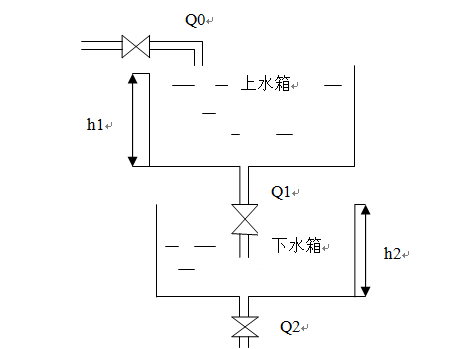

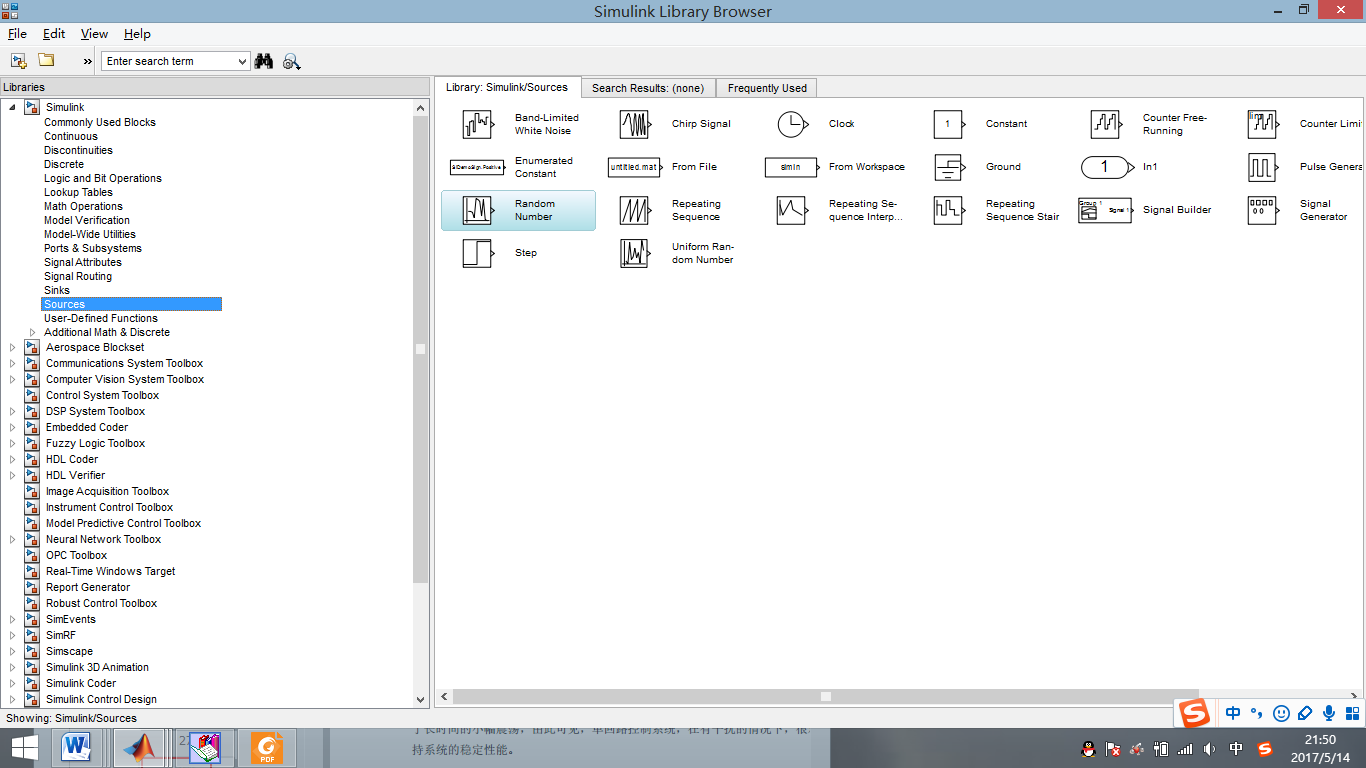
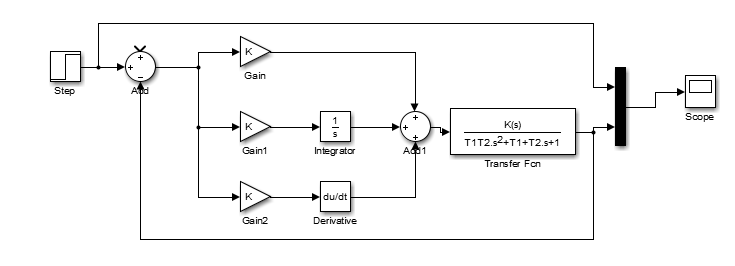
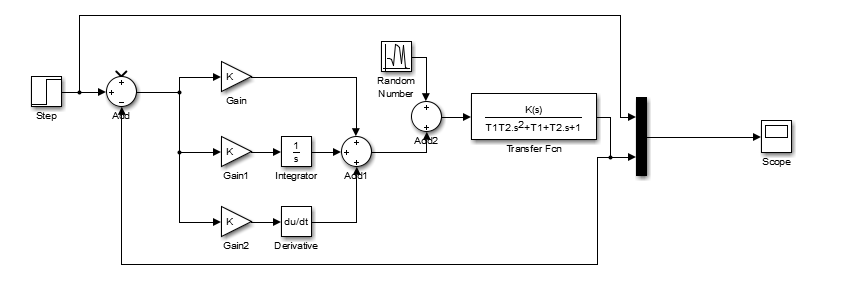

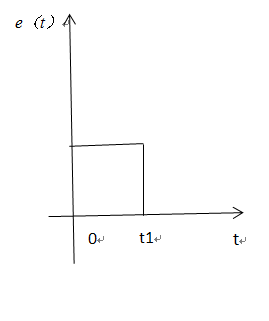
课题毕业论文、开题报告、任务书、外文翻译、程序设计、图纸设计等资料可联系客服协助查找。



